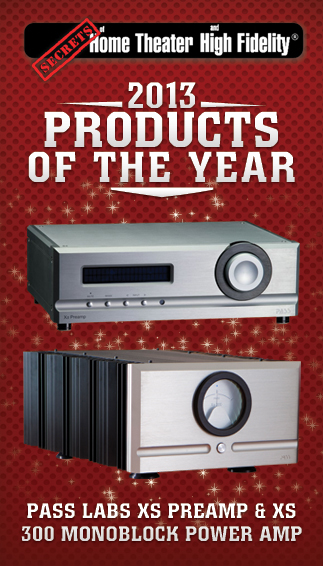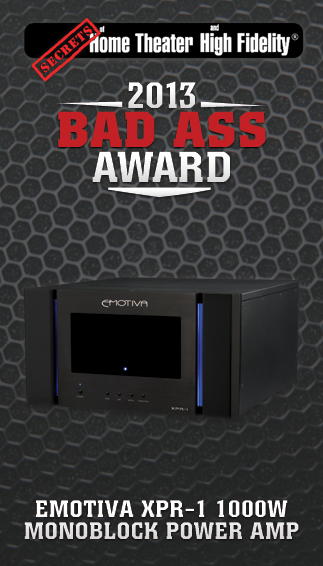
The SECRETS Editorial Team is pleased to announce the Best of 2013 Awards.
Again this year we have the Products- of- the-Year Award, “BAD ASS” Award and our Best Products and Best Media. This year the Editorial Team is offering a sneak peek at the technologies and products that we are looking forward to seeing and experienceing in 2014…..check it out!
Congratulations to all of our Winners!
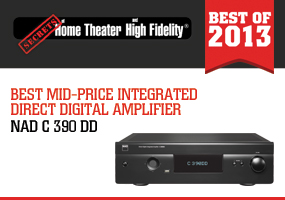 |
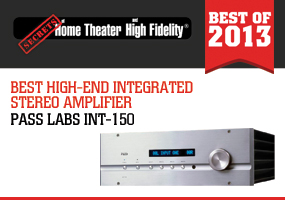 |
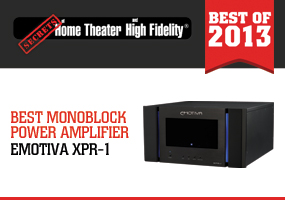 |
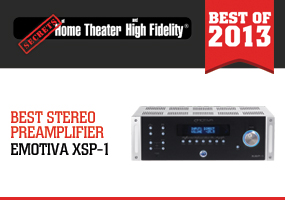 |
 |
 |
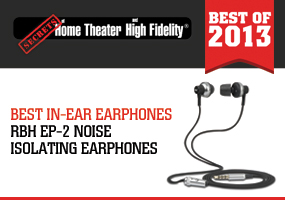 |
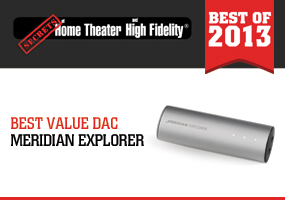 |
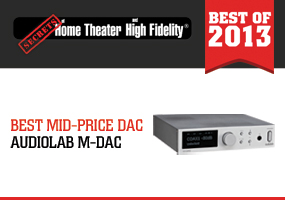 |
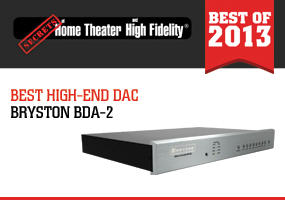 |
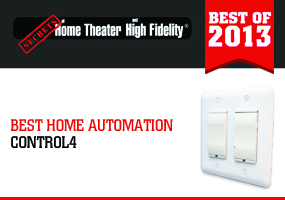 |
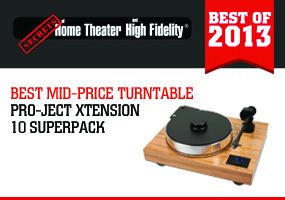 |
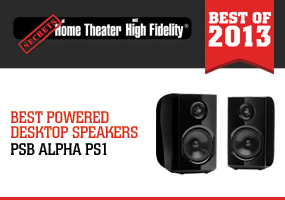 |
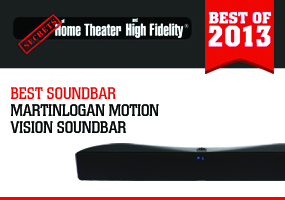 |
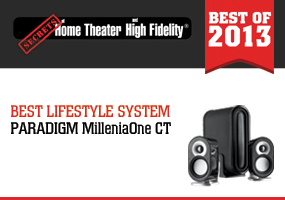 |
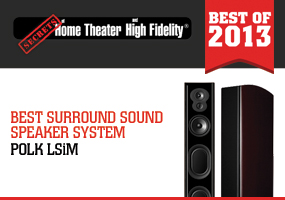 |
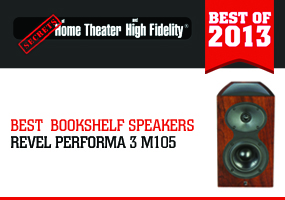 |
 |
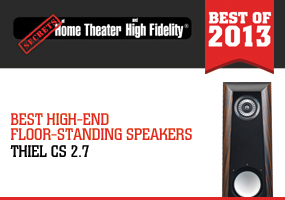 |
 |
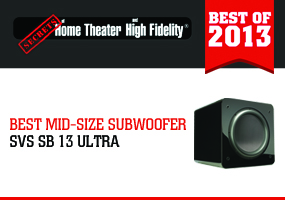 |
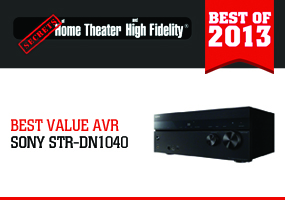 |
 |
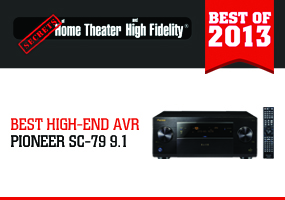 |
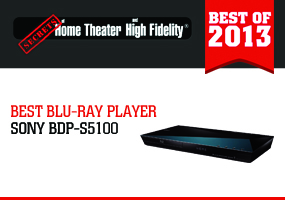 |
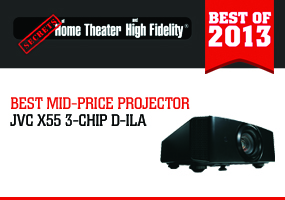 |
 |
 |
Best Products Of The Year 2013 Award
“BAD-ASS” 2013 Award
Best Movies for 2013
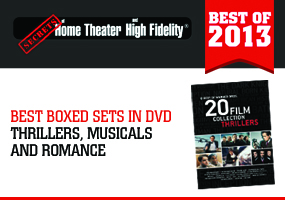 |
 |
 |
 |
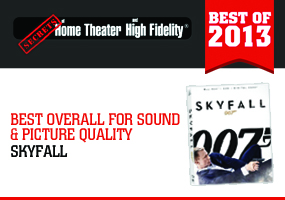 |
Best Vinyl for 2013
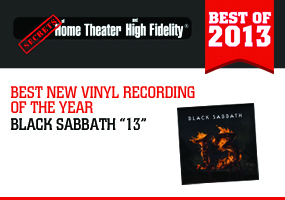 |
 |
Looking Forward to 2014 – The SECRETS Editorial Team
The SECRETS Best of Awards always offer some commentary along with the specific product and media awards. In the past we have profiled Technologies on the Rise: 3D, High Resolution Music Delivery, Cloud Technology, Room Correction on the PC, to name a few. Last year we recognized 4K.
This year we are “looking forward” to new technologies being incorporated into a number of product categories, based on a number of announcements that have been released and our work with numerous manufacturers. Our editorial team has assembled some thoughts and opinions based on product category. Please let us know your own ideas.
We have not included two areas in the following editorial, based on too little and too much! For Receivers and Processors, we are looking at 2014 as a plateau year, no significant expansion and enhancement on the horizon. Audio and Video Streaming Technologies are at the other end of the scale, with so much going on in equipment, service, and software options, that 2014 will be the year, we think, that the many entries will begin to sort out.
Accessories are another area where we are always amazed about what becomes available in a just a few short months, so we have confined our editorial comments to Headphones and Room Correction, which hold significant ongoing interest for our readers.
John E. Johnson, Jr. Editor-in-Chief
Video
If you read our coverage of the CEDIA Expo this year, you’ll know that there wasn’t much, if anything, in the way of new video technologies on display this year. Several major manufacturers skipped the show entirely. Only Sony made a serious effort to promote 4K in their latest projectors and flat panels. We recognized 4K last year as a Technology On The Rise.
As we close out 2013 and look forward to 2014, we’d like to use this opportunity to remind readers of a few things that display manufacturers have largely forgotten. Thanks to the razor-thin profit margins in flat panels, companies have adopted a “shiny new toy” approach to each new model year. In the past, there were features that enhanced picture quality. Now we get apps, Skype cameras, and remotes that you wave in the air or talk to.
Let’s take a little walk down memory lane. Projector aficionados, do you remember the LED light source? This technology promised to eliminate the costly and hot bulb and its limited lifespan. Three years ago, Runco, Sim2, and several others introduced projectors with LED light sources. We reviewed one, Runco’s Q750i . This projector was, and still is, quite expensive at $15,000 but it should have trickled down to cheaper models by now. Who wouldn’t want a projector with a 20,000 hour lifespan on the light source? And a light source that never needs re-calibrating? And a way to eliminate the DLP color wheel and kill off those rainbow artifacts once and for all? Using RGB LEDs also offers a larger color gamut as specified in the Rec. 2020 UltraHD specification. We so hoped to see LED in an LCoS model from Sony or JVC, but it didn’t happen. Sony has given us stunning 4K, with the only source material coming from their proprietary player and movie library. And JVC has given us e-Shift. C’mon guys!
Speaking of Sony, their native 4K LCoS chip is a golden opportunity wasted. What do we mean by this? How about another forgotten technology – native CinemaScope®. At the 2010 CEDIA Expo, we saw projectors from Digital Projection and ProjectionDesign that could show a CinemaScope® image without an anamorphic lens or zoom adjustment. These projectors are still available at the astounding price of $35,000. Why hasn’t another company developed a unit around this chip? Runco, who helped Texas Instruments develop DLP technology should have picked up on this by now. Would it really be that difficult for them to offer one of their value-priced LS models with a native CinemaScope® option? Don’t forget, Runco is the one who pioneered constant-height anamorphic systems!
So back to Sony; their 4K chip could be used to create any aspect ratio by simply placing masks in the light path. What would you rather have, upscaled 1080p or a native CinemaScope® image that forgoes the image-distorting and light-robbing effects of an over-priced anamorphic lens?
Moving beyond projectors, where are the full-array LED backlights? LED is probably the best thing to happen to flat panels since the invention of the liquid crystal. When LEDs were perfected to replace the cold-cathode florescent backlight, we expected that full-array TVs with local dimming would finally give us those plasma-level blacks we crave. With the exception of a few high-end models, all LED/LCD panels are edge-lit. Improvements have been made in the area of screen uniformity and contrast, but plasma still rules the contrast roost. And what about those plasmas? Panasonic recently announced their intent to stop manufacturing plasma television by the end of 2014. This leaves Samsung and LG as the only companies still marketing plasma displays. It is truly a sad time for video enthusiasts. Hopefully OLED will be in the mainstream soon. LG has just released their 55-inch curved screen for sale at an eye-popping $9,000. And Samsung has a 55″ OLED display for the same price. Let’s keep our fingers crossed for a fast paced drop in pricing.
So what is our message? It’s always the same – perfect a new technology before moving on to the next one. And don’t stop making it just when you hit that zenith. We need value-priced LED projectors with native CinemaScope®. We need full-array LED/LCD TVs. We need OLED displays. We don’t need 3D. We don’t need apps. We don’t need remotes with touchpads and voice control. I won’t go so far as to say we don’t need 4K, but companies, please work together to develop a distribution format. How about a movie server that doesn’t cost $4,000?
Manufacturers, please take out your shiny new toys from a few years ago and dust them off. You’ll find much more worth there than you’re selling us today.
Chris Eberle – Senior Editor
Room Correction
ARC-2 is the next-generation PC interface for the ARC room-correction system which was reviewed this year.
The GUI interface displays more data, including the line-in to preamp-out inverse curve. The 0.99 version of the ARC-2 PC display is the inception of the software development cycle, and the plotting routines are not finalized. For this reason, no plots are shown in this preview. Restoring the graph zoom function should be near the top of the Anthem’s to do list.
ARC-2 is Ethernet-enabled, making completing the calibration process significantly faster than the ARC-1 and its RS-232 connection.
ARC-2 makes it debut in Gen 2 MRX AVRs. ARC-2 generates a correction filter requiring more real-time DSP processing which the new MRX units support . Correction will be closer in performance to the Anthem D2 than past MRX products; however, a difference will still exist from what was reported in the review since the D2 allocates yet more computational space for the correction filters.
ARC-2 generates DSP filters of different sizes depending on the hardware it is connected to. Other Anthem products using ARC-2 are anticipated to be in the pipeline.
David A. Rich, Senior Editor
Amplifiers
DAC quality is continuing to improve, plus there is a proliferation of high resolution downloadable music available. This means the remaining weak links in the production chain are power amplifiers and speakers. We are hoping to see new power amplifier products in the coming months that will bring down noise and distortion levels so they can pass all the audio quality that is now avaialble in the digital realm.
The first power amp we expect to see coming out of the gate is the recently announced Benchmark Audio AHB2 High Resolution Amplifier. With this amp, Benchmark is claiming a S/N ratio of up to 130 dB, treble response to 200 kHz and new technologies to reduce crossover distortion. The expectation is that this amp will be able to pass a clean waveform with minimal alteration of the input signal. We hope this is but one in a series of new amplifiers that will have this level of performance.
Jim Clements, Senior Editor
Home Automation
Walk into Lowes or Home Depot now, and you can’t miss their displays for home automation. Internet connected thermostats, fridges, light switches, door locks, and more are available for you to install. All of this holds the promise of making our homes more efficient and automated, and our lives easier.
The CEDIA Expo is also geared around this, but for systems that are installed and configured by a dealer. You can truly automate your whole home, including your A/V system. My current home has lights tied into my A/V system so they automatically dim for movies, but it can go far beyond this. Drapes that open in the morning for you and gentle music to rouse you from sleep. Locks that have distinct codes and time periods, so your babysitter can get in when she should be there, but not at other times.
The problem is getting everything to talk together. Nest is one of the most well-known companies, thanks to their innovative thermostat. They have recently introduced a line of smoke detectors, at $130 each, that also talk to the thermostat. Connected together they realize when you are home and when you are gone and learn how to efficiently heat the house. You save power and money and don’t need to worry about the thermostat settings anymore. Until just recently, this system wouldn’t talk to anything else in your home. That is the state of things today, with a lot of custom standards from companies, and solutions like Control4 and Crestron, that pull them together.
Home automation is at a similar place to provide remote control apps for your smartphone. You can set this all up to work, but everything has its own control, and they don’t really talk to each other. Your blinds don’t know that when they go up, you can dim the lights in response. Because of this, these components don’t really simplify things much, but rather, they just add more remote controls to your coffee table. Without the glue of a central control system, it just becomes a mess, like your complex A/V system without a universal remote.
When tied together well, it works beautifully. You can throw a touchscreen up on the wall, and controls the lights, music, locks, and everything else in the house from any room you are in. Your doorbell can let you know someone is at the door, even if you’re hidden away in your soundproof home theater. Integrating these various components , yourself, isn’t quite there yet, as vendors compete for marketplace control. Professional dealer installation can work today. Looking forward, we are expecting to see continued improvements in home automation and particularly in the consumer focused home automation products.
Chris Heinonen, Senior Editor
Analogue (a.k.a. Vinyl)
With 2014 approaching, we at Secrets spend a lot of time anticipating what is going to be available in the next 12 months. The analogue world moves a lot slower than the digital world. However, the new trend seems to be the cooperation within both worlds: more solid state equipment with phono stages that had virtually disappeared from the modern receiver, A to D converters that can do analog pass-through, two-channel preamps that can receive Blu-ray uncompressed audio through HDMI. Most exciting of all are the new products, one of which may very well be the VPI 3D Printed Tonearm. This may be the start of a new trend that will bring better quality to a more affordable product category as the burgeoning 3D printing technologies offer the promise of low cost precision parts fabrication.
Analogue may be a niche but it’s not going away or dying anytime soon. Just ask the high school kids now buying turntables, which used to be just in the college dorms. We are planning to review more vinyl-oriented products in 2014: turntables, cartridges, tone arms, phono stages, accessories, tube gear, and so on. And of course, we will continue to review new vinyl releases.
Viva la analogue!
Jim Clements, Senior Editor
Speakers
The speaker world is a tough business:
Fact: most people just don’t replace them very often.
Fact: a lot of people listen to music on headphones, especially on the go.
Fact: people are downsizing: full range, floor-standing speakers are a harder sell.
Fact: the audio world is still seen as a luxury and in this economy, one of the first indulgences cut.
The good news, there are many great speaker companies bucking the trend, and we expect to see more innovation. This may not be the year, but do expect wireless technology to close the gap. Expect to see more powered speakers with class D amps, more than just desktop. Have we gotten over soundbars? Yes, they are far better than the diminutive speakers found in flat panel monitors, yet still lack the “umph” from either a great monitor or floor-standing speaker.
Like the analogue world in general, speakers don’t move as fast as the other technologies but rather at a slower, progressive tilt. We expect to review new speakers from PSB, Golden Ear, Dynaudio, Sonus Faber, Dali, Paradigm, Bryston, PMC, and probably a few manufacturers that we have not reviewed before or that anyone has heard of.
Piero Gabucci, Senior Editor
Headphones
2014 will no doubt bring another surge of new headphones on the already crowded market. In the last few years, the traditional loudspeaker companies have expanded their audio offerings to include headphones and earphones: Paradigm, B&W, NAD, to mention a few. And we expect that trend to continue, as audiophiles add headphones to their personal audio enjoyment options. We are looking forward to more of every headphone design: noise-canceling, planar magnetic, dynamic, electrostatic. One specific offering that we are looking forward to in 2014 is the OPPO planar magnetic headphones with headphone amp, expected availability in early 2014. OPPO has been known for their performance audio and video players and is bringing that expertise to the personal audio space.
SECRETS Editorial Team



